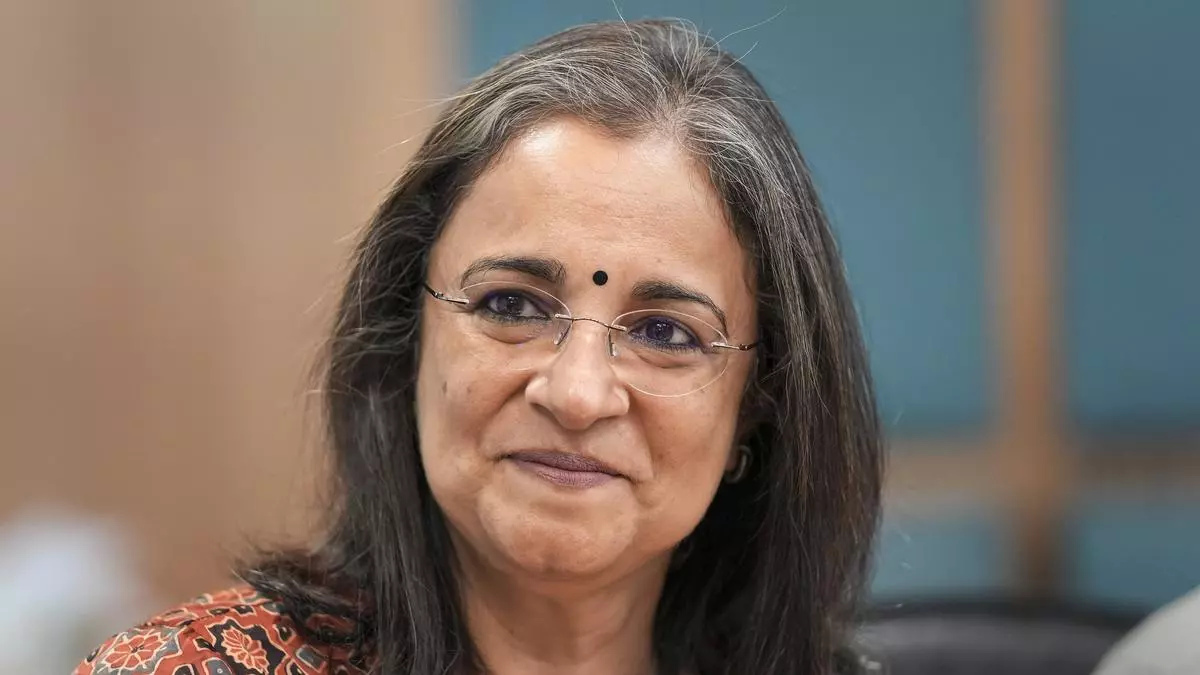The Indian rice market has undergone remarkable changes in 2024, mirroring evolving consumer preferences and vibrant socio-economic trends. A key aspect of this transformation is the shift from loose to packaged rice, which has gained significant traction. Mintel research reveals that 31 per cent of Indian rice buyers are likely to switch from loose to packaged formats, highlighting a key trend driven by evolving consumer priorities and offering brands significant growth opportunities. This change marks a pivotal moment in how rice is viewed and purchased, fueled by increased awareness around hygiene, safety, and quality—factors that have become even more crucial in the post-pandemic landscape. Consumers are now looking for food products they can rely on, making packaged rice an essential item in their kitchens and daily routines.
Drivers for change
Another notable trend is the emergence of health-conscious consumers who are increasing the demand for low-GI, organic, and unpolished rice options. Today’s buyers are more focused on wellness and nutrition, opting for rice products that support their health objectives without sacrificing flavour or texture. Recent market reports indicate that the demand for organic rice in India has grown at a CAGR of 10.5 per cent over the past three years, with the health-conscious consumer segment contributing significantly to this growth. This shift has prompted brands to innovate with healthier alternatives and invest in educating consumers about the advantages of their offerings.
- Read also: AP crackdown on ration rice diversion for exports halts shipments from Kakinada port
The rich diversity of India’s regional cuisines has also significantly influenced the market. Brands are responding to the demand for region-specific rice varieties, catering to consumers’ desires for products that resonate with their culinary backgrounds. From the aromatic Ambe Mohar of Maharashtra to the fragrant Gobindobhog of Bengal, these offerings highlight a deeper cultural connection that builds brand loyalty. A Nielsen study in 2024 highlighted that nearly 40% of Indian households prefer rice variants that align with their regional culinary traditions. This tailored approach allows brands to enhance their relevance to consumers while celebrating India’s vibrant culinary traditions.
Shift in buying behaviour
The way rice is bought and sold has changed significantly. E-commerce platforms and direct-to-consumer (D2C) channels have become key points for buyers. This change is driven by the convenience of online shopping and the personalised experiences that digital platforms provide. Brands are using everything from influencer-led campaigns to user-generated content to engage meaningfully with consumers and build trust.
This digital-first approach has also contributed to the premiumisation of basmati rice, which is increasingly seen as a mark of quality, tradition, and sophistication. Brands are innovating with smaller, urban-friendly packaging and enhancing the narrative around basmati as a product steeped in heritage and superior craftsmanship. Such positioning enables them to appeal to a broader demographic while reinforcing the aspirational value of premium basmati rice.
- Read also: ISMA moots subsidy to create additional 770 cr litres of ethanol capacity
Quintessential sustainable practices
Additionally, sustainability and ethical sourcing have become quintessential for many consumers. FICCI revealed that 67% of consumers prefer brands that practice sustainable farming and ensure traceable sourcing. Companies that effectively showcase their efforts in these areas are gaining a competitive edge. These practices not only build brand trust but also demonstrate a collective responsibility to protect the planet.
Even with the growing focus on quality and innovation, price sensitivity continues to play a vital role in the Indian rice market. Consumers are increasingly trying to find a balance between their preference for premium products and their budget constraints. This situation presents brands with a chance to build loyalty through consistent engagement, transparent practices, and delivering genuine value.
This year, government policies and export dynamics have also impacted the rice sector. Changes in regulations, along with geopolitical shifts, have influenced supply chains and pricing structures, leading domestic players to adopt flexible strategies to maintain stability in availability and pricing. At the same time, smaller, emerging brands are making an impact by utilising digital channels and focusing on niche markets with highly personalised offerings, proving that agility and authenticity can challenge even the most established competitors.
- Read also: Over 4.15 lakh tonnes of soyabean purchased at MSP till December 12
Cultural factors continue to shape market behaviour, especially during festivals when rice consumption peaks. According to the NielsenIQ report, rice sales peak during festive seasons, with an 18 per cent increase in demand during Diwali and Eid compared to other months. Brands are taking advantage of these seasonal moments to create emotionally resonant campaigns, tapping into the cultural importance of rice in Indian households.
Additionally, advancements in technology are allowing companies to balance personalisation with scalability. By leveraging data-driven insights, brands can develop campaigns and products that connect deeply with specific consumer segments while ensuring operational efficiency.
The evolution of the Indian rice market in 2024 signifies a shift away from the purely commodity-driven mindset of the past. It marks a move toward a brand-centric ecosystem where rice is not merely a staple but a representation of trust, tradition, and emotional ties. For innovative brands, this changing landscape presents a unique opportunity to redefine the role of rice in the lives and homes of millions.
The author is Head, Dhuri Plant, KRBL Ltd.








Leave a Comment